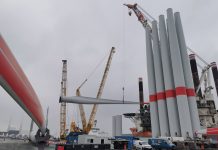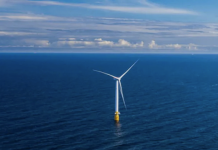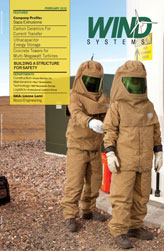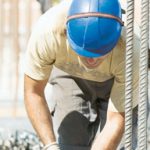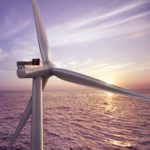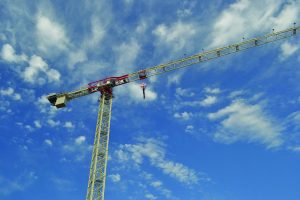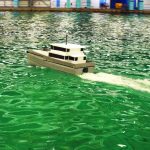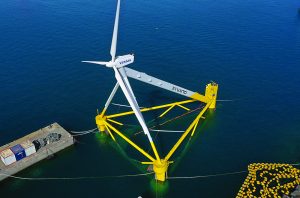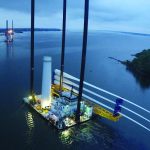From the hoisting industry’s standpoint, there are two sides to wind park construction; the physical erection, and the overall maintenance of the turbine or tower. Each side has a different set of requirements and utilizes different skill sets in the hoisting industry. This month we will take a look at the maintenance side, focusing on the process of taking down and replacing parts in a wind turbine.
There are parts in the wind turbine that are susceptible to failure as time goes on, most notably a gearbox. Other parts include but are not limited to yaw drives, blade and yaw bearings, and of course the blades themselves. With all these parts requiring the use of a crane, we have been able to be a big part of the wind industry. From a hoisting standpoint, the industry has come a long way. In the beginning there was no such thing as a “scope of work”. It was more about using your previous rigging and hoisting experience to guide an operator through the process of removing a rotor or blade. Now we are supplied with a hoisting and rigging checklist for the whole process, which is referred to as the scope of work.
Not all wind turbines can be treated as equals. Component-wise, wind turbines are very familiar, but from a rigging standpoint they are different. Each manufacture has designed their own way of removing the rotor and blade. For example, one manufacture has a plate in the middle that you rig to remove the rotor, whereas another has a different fixture altogether to grab the whole rotor. Likewise, removing a single blade comes with the same challenges. Depending on the manufacture you could bring a blade down using one crane or end up, requiring the use two cranes. It isn’t enough to tell a crew in the morning that they are going to be hoisting a rotor. We have to be specific on the manufacture. Note that these are only the rigging obstacles. The hoisting portion is where the true experience of an operator and his crew shines through.
Taking off a rotor and hoisting it to the ground tends to be more of a challenge than hoisting it back up. The practice of taking down a rotor is more of an art, really. After we have rigged up to the rotor and are preparing to safely hoist it to the ground, we can encounter a wide variety of factors. Many of these factors are unknown and/or conditional. During this process, a flood of thoughts can be going through the mind of an operator, ranging from “is the specified weight right, and is the load balanced and properly rigged?” to “it’s been calm all morning, so might a gust of wind be coming?” All of these pose their own individual set of concerns for an operator and his crew. There is no room for error when you have 310 feet of boom in air and are trying to grab hold of a rotor at approximately 265 feet in the air. An operator does not know and cannot predict when a gust of wind will be present; he cannot predict the rigging to slide. He has to trust that everybody on site is qualified and experienced.
Rotors that require two cranes are even trickier. Now you have introduced another factor into the equation. In this case the two operators have to hoist the rotor down in perfect synchronization, otherwise the load can shift and have disastrous consequences. Reversing the process to hoist the rotor up is significantly easier. This is true because on the ground you have the control of lifting up the rotor to see if it is properly rigged up and balanced. If it is not, then you have the luxury of lowering the rotor back on the elephant foot—a luxury you will not get in the air. Time wise, if we can encounter the perfect weather conditions changing a gearbox—which in many cases requires you to hoist the rotor down—it can take around eight hours.
Blade replacements pose their own unique set of challenges. Once rigged and in the air you have to “stab” 20 plus bolts into the rotor. Just like when you are changing your tire, you have to align the rim with the lugs. Now imagine doing this same task 265 feet in the air. Like rotors, this also changes with manufactures. One manufacture has it designed where you can rotate the holes for the bolts to match, whereas other manufactures make it so that you have to spin the blade in the air.
As a company, we have been working heavily with the wind industry for more than a decade. Many of our employees who work in the wind sector of our business have more than eight years of experience. Our branch manager for West Texas, Bob Strohacker, has been involved in the wind industry on the crane side for 20 years. I can definitely say that we can attribute our success in this industry to the experienced staff that we have.
















